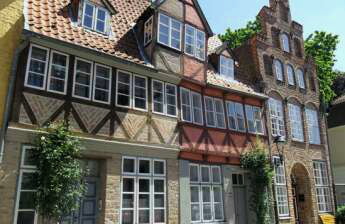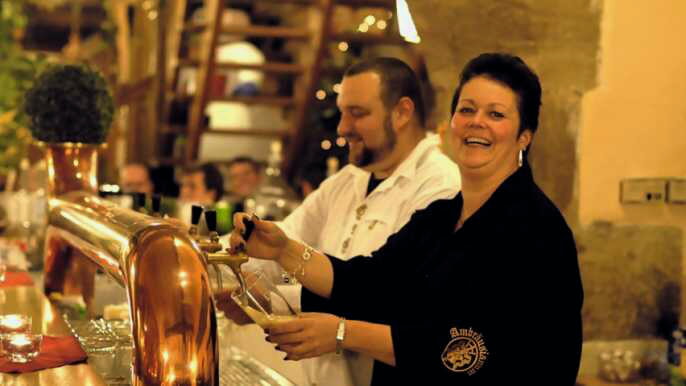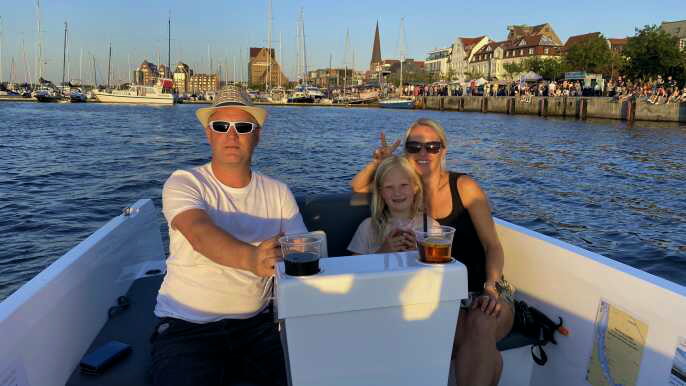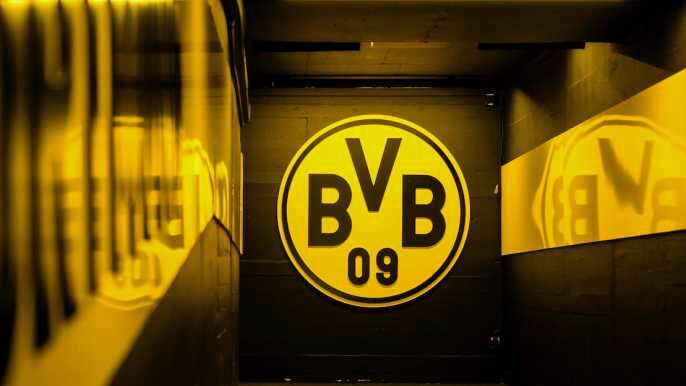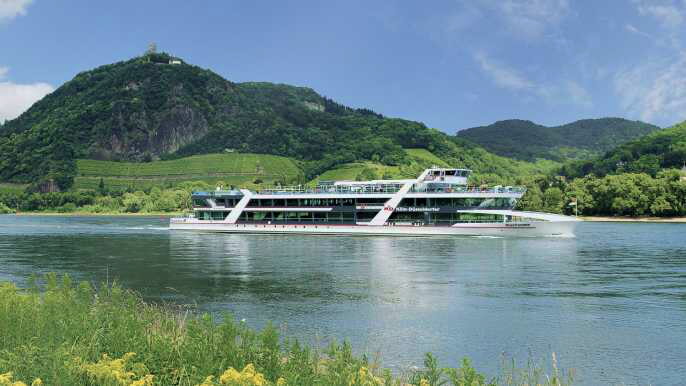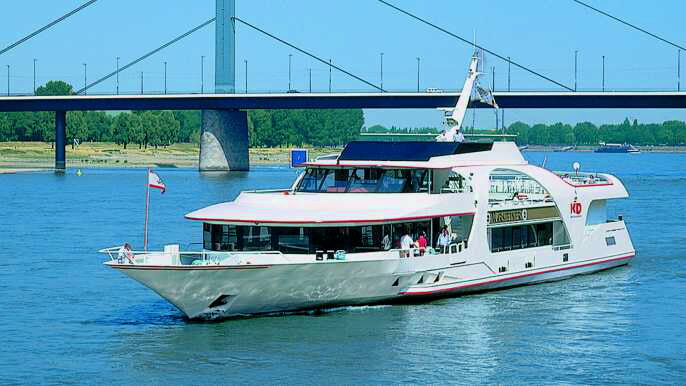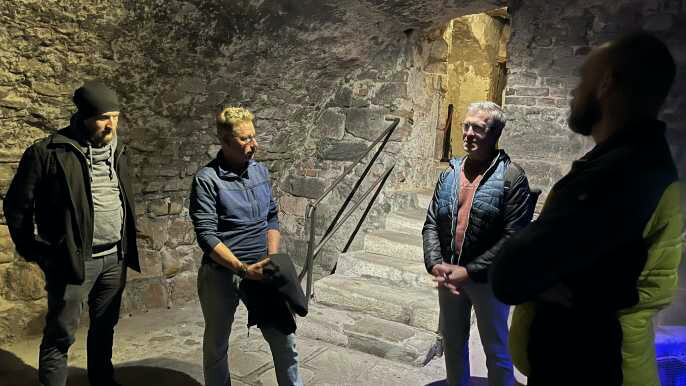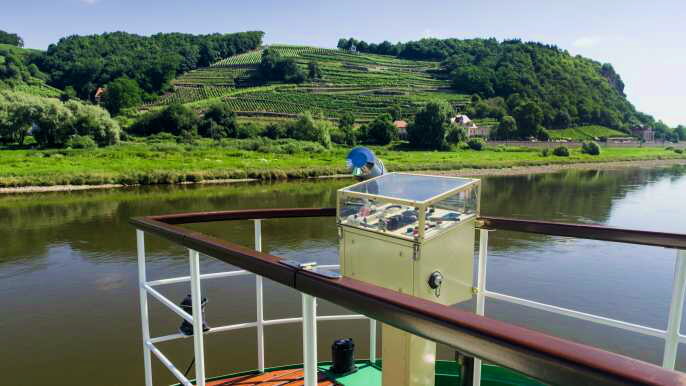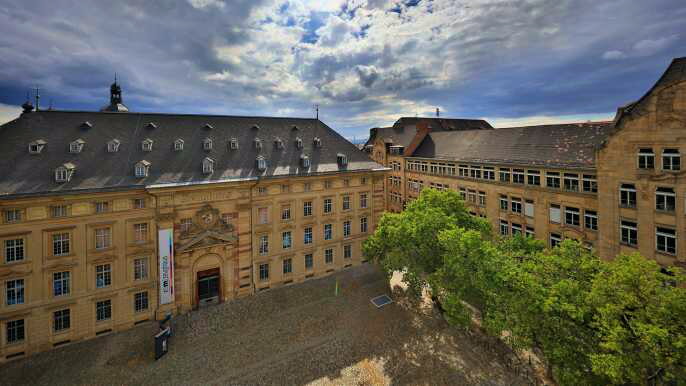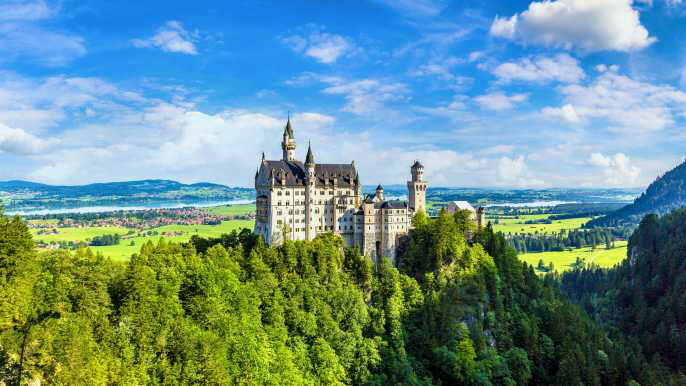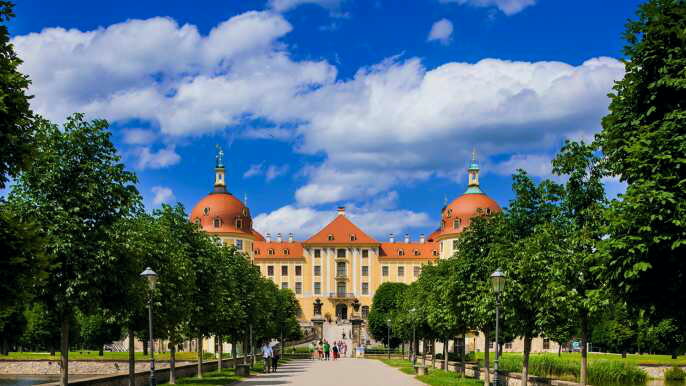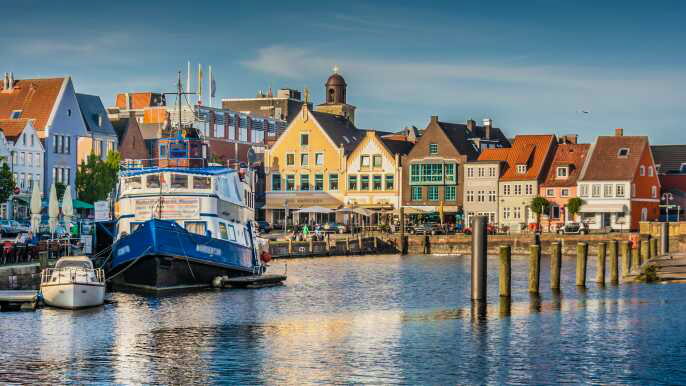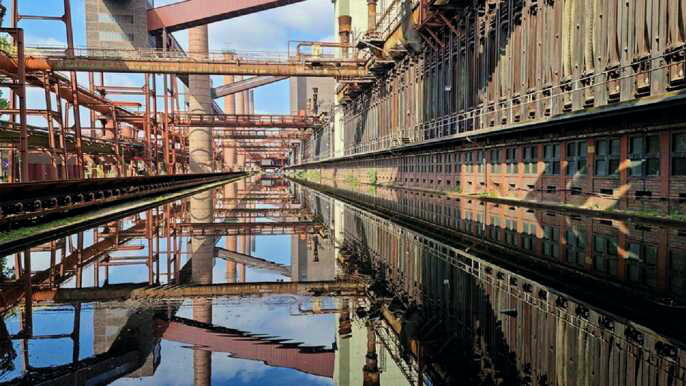There are so many things to see and do in Lubeck, a UNESCO World Heritage Site. The Old Town is a wonderland of medieval architecture and countless historical sights.
Museumsquartier St Annen is a must-see if you want to get a taste of the rich history of this area. It includes a church, old synagogue and medieval buildings.
St. Annen Museum
One of the best things to do in Lubeck is to visit the St. Annen Museum which is located in an old red-brick house. There are several artifacts on display here which will give you an insight into the history of Lubeck.
The ruins of the former monastery church were converted into an art hall. The modern architecture of the building was designed by the architects Konermann Siegmund and received the quadrennial star prize in 2003.

Heiligen-Geist-Hospital
The Heiligen-Geist-Hospital was one of the most important institutions of social welfare in medieval Europe. It was founded in 1227, and its current complex was constructed in brick in a Gothic style between 1260 and 1286.
The HGH had the honor of being home to a mass grave, which contained the skeletal remains of more than 800 individuals from the Late Middle Ages. Based on archaeological evidence and the absence of traumatic lesions on their bones, they were likely to have died from an epidemic.
A DNA analysis of 92 samples from this cemetery revealed that the deceased were most likely victims of an outbreak of paratyphoid fever. This was a major disease in Medieval Europe and the aDNA study has shown that it can be traced to a single outbreak of enteric S. Paratyphi C bacteria that infects the intestine and blood of humans.

Holstentor
The Holstentor, a medieval gate in Lubeck, is a famous landmark of the German city and an UNESCO World Heritage Site. You can find it on the west side of the city center and its museum is open most days between 11am and 5pm.
The Holsten Gate is an important symbol of Lubeck’s Hanseatic history in Northern Europe and was the most significant gate of the Middle Ages. It was built between 1464 and 1478 as part of the city’s fortifications.
The gate is divided into two parts, a field side and a city side. The city side was designed for defence and the field side was used as a way to enter the city.

Petrikirche
The Petrikirche, dating back to 1170 CE, is made of red brick and has a white interior. It is known for its beautiful tower, which you can climb to the top and have a panoramic view of the city.
The church lost its roof and spire in World War II but was restored. It was later used as a lapidarium, where stones from other religious buildings were collected.
Today the church is an architectural gem with its beautifully shaped spire and a nice apse. After climbing 54 steps you can take a modern lift to the viewing platform at a height of 50 meters. This is well worth the entrance fee of 4 Euros - definitely a must for every excursion!
Town Hall
The Town Hall in Lubeck is one of Germany's most famous brick Gothic buildings. It is also one of the largest medieval towns halls.
In the 13th century, it was the seat of the ruling council and the head of the Hanseatic League (an association of trade towns that dominated Europe's medieval trade). As a result of this, Lubeck developed into a powerful trading port on the Baltic Sea.
The Town Hall is surrounded by a series of ornate arcades, which are reminiscent of the city's old trading days. A palais-like summer house is located near it, and beautiful renovated town houses can be found in the surrounding area.
